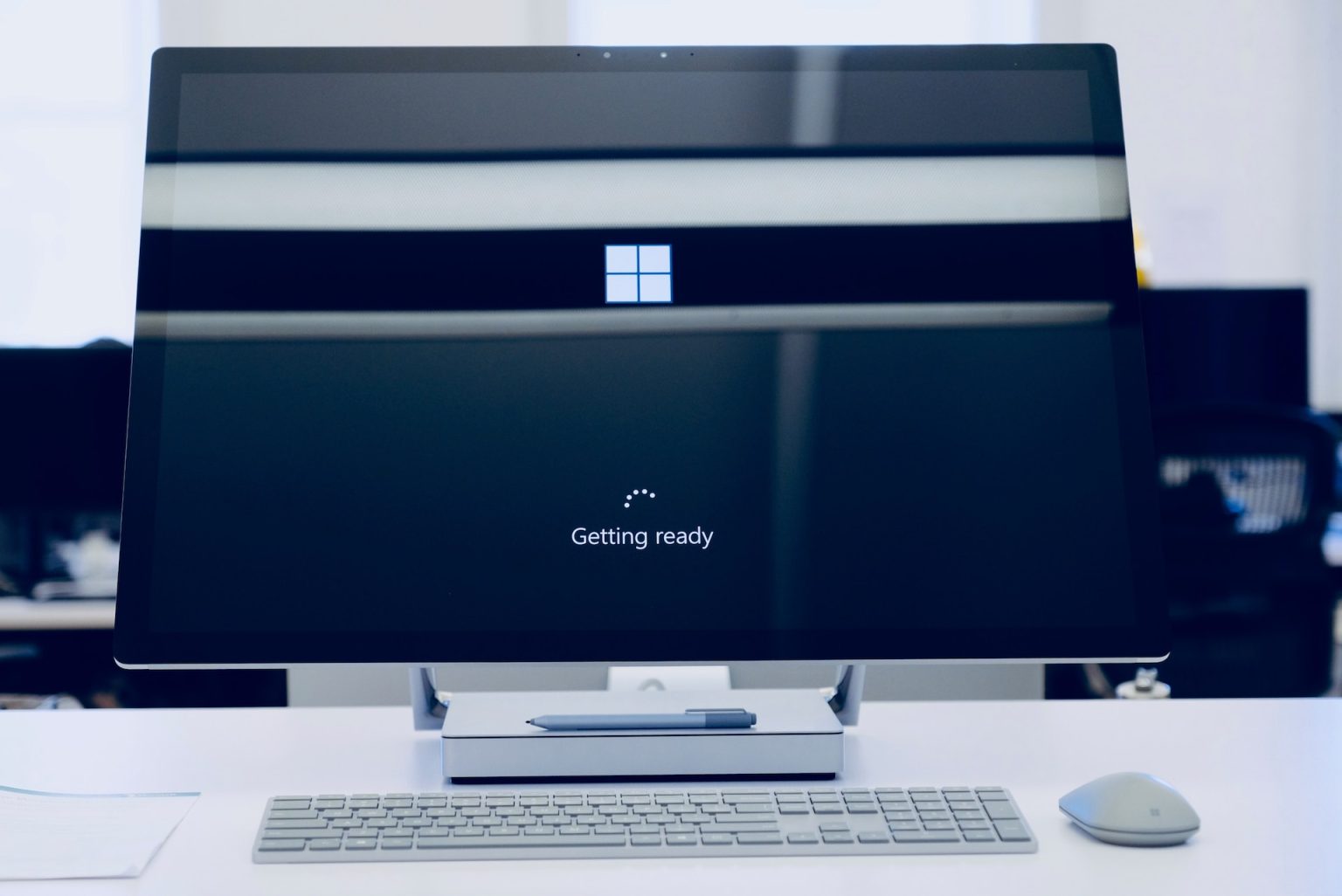Microsoft has recently unveiled its roadmap to build a quantum supercomputer, marking a significant stride in the tech giant’s quantum computing journey. the company detailed its approach to realizing the potential of quantum computing through a series of strategic milestones.
A major part of the announcement was the introduction of the Quantum Computing Implementation Levels, a three-tiered framework to track the progression of quantum computing. The first level is referred to as the Foundational Level, which consists of quantum systems that run on noisy physical qubits, encompassing all of today’s Noisy Intermediate Scale Quantum (NISQ) computers. The second level, known as the Resilient Level, is characterized by quantum systems that operate on reliable logical qubits. The final level, the Scale Level, represents the future of quantum supercomputing, where quantum supercomputers can solve impactful problems that even the most powerful classical supercomputers cannot handle.
To measure the performance of a quantum supercomputer, Microsoft has proposed the metric of reliable Quantum Operations Per Second (rQOPS). The company believes that the first quantum supercomputer will need to deliver at least one million rQOPS, with an error rate of, at most, one for every trillion operations. At this level of performance, a quantum supercomputer could simulate simple models of correlated materials, aiding in the creation of better superconductors.
Microsoft’s path to a quantum supercomputer will leverage the topological qubits that the company’s researchers have been working on for several years. Krysta Svore, Microsoft’s VP of Advanced Quantum Development, noted that the company expects it will take fewer than 10 years to build a quantum supercomputer using these qubits that will be able to perform a reliable one million quantum operations per second.
Last year, the company announced a breakthrough with the creation of Majorana-based qubits. These qubits are highly stable and difficult to create, but their development indicates significant progress toward the construction of a quantum supercomputer. Microsoft is now in the Foundational Level of quantum computing, with the next goal being the Resilient Level, which involves creating logical qubits from physical qubits and operating them with an error-correcting code.
The immediate next step in Microsoft’s quantum computing journey is to build hardware-protected qubits. The team is making substantial progress in this area, and the qubits being developed are small and fast enough to perform one qubit operation in less than a microsecond. After this, the focus will be on entangling these qubits and operating them through a process called braiding. Once this is achieved, the team plans to build a smaller multiqubit system and demonstrate a full quantum system.
Along with its roadmap, Microsoft also announced Azure Quantum Elements and Copilot for Azure Quantum. Azure Quantum Elements is a platform for accelerating scientific discovery by combining high-performance computing, AI, and quantum. Copilot for Azure Quantum is an AI model that can assist scientists and students in generating quantum-related calculations and simulations.
While this roadmap is ambitious and the timeline to achieve it is challenging, Microsoft’s progress in quantum computing is a significant development for the technology industry. As the race to build a quantum supercomputer continues, the advancements made by Microsoft and other tech giants will undoubtedly drive innovation and have far-reaching implications for numerous sectors.

